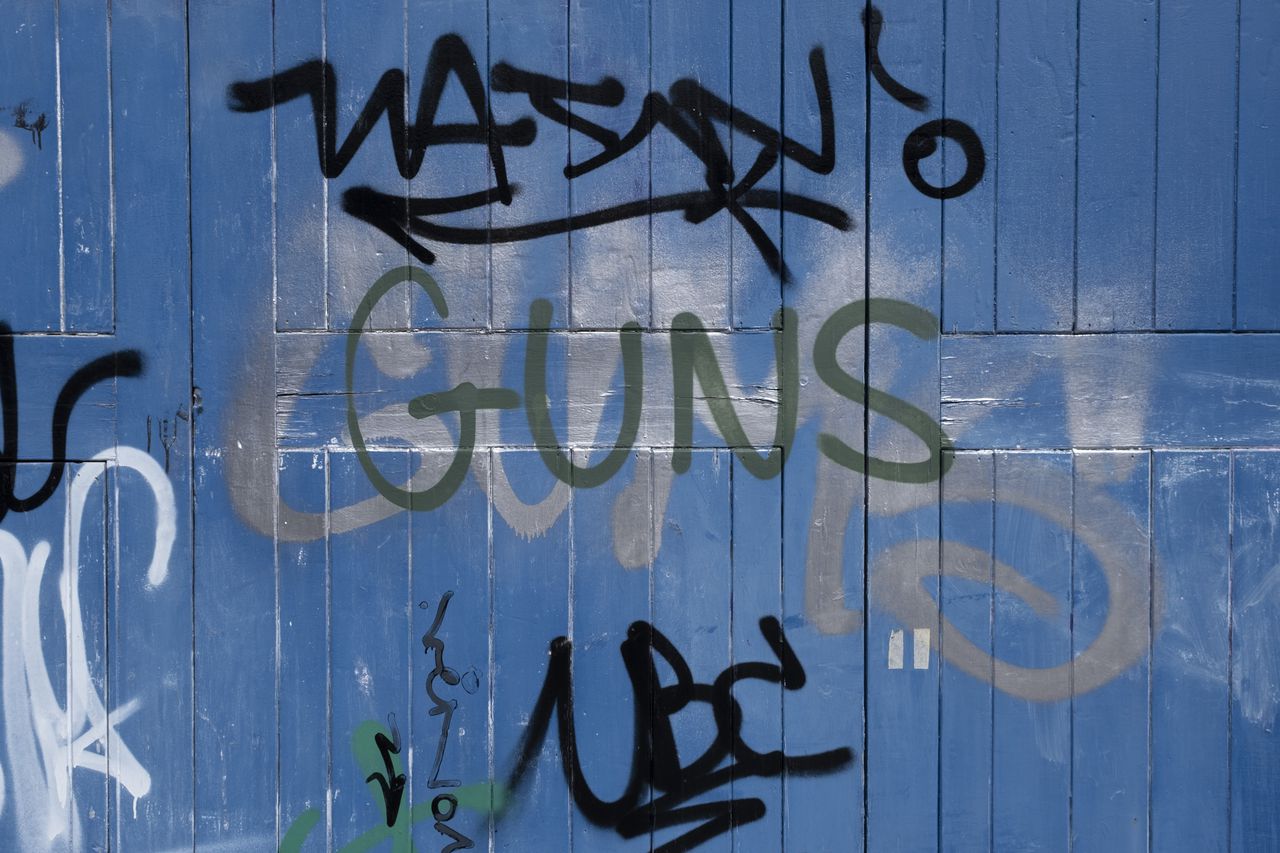Roy S. Johnson: We’re saying goodbye to ’22 but can’t shed its plague of deadly violence
This is an opinion column.
I pray I’m wrong — but fear I’m not.
I pray, as we sit on the cusp of a new year — one in which Birmingham was stretched, tested, and endured — that we’ll soon stem this deadly plague of killing among our young Black men. This historically deadly plague.
I pray I’m wrong — but fear I’m not.
I fear it won’t subside anytime soon. Not significantly, at least. Not for years, maybe. Not before too many more young Black men are senselessly lost. Before too many innocents are tragically and senselessly lost — caught in this crossfire of insanity.
Innocents like Audriana Pearson, the effervescent seventh-grader, just days short of 13 years old, who was murdered early last Wednesday morning while sleeping in her bed. Murdered when 17 bullets were fired into her Birmingham home — allegedly by Ja’Von Eric Wilson and Jarei Lamar Vance.
They pair were tracked down and arrested relatively quickly and charged with capital murder. Wilson is 19 years old; Vance is 18.
It’s all a damn shame.
Their actions — excuse me, their alleged actions — fueled a horrific surge of six homicides in eight days that officially made 2022 the deadliest in the city in 31 years. As of Thursday morning, Birmingham chronicled 144 homicides this year. Ten were deemed justifiable and thus aren’t declared criminal. And yet those 10 people are dead, and 10 families grieve.
There are still, of course, a few days left to challenge the city’s highest recorded yearly slayings: 148, nearly nine decades ago, in 1933.
A few days left before our year of bloodshed comes to a merciful end.
Flipping the calendar won’t mean change, though. Not anytime soon. Not the change we all want, the change we all exhaustively desire. All of us, in Birmingham, throughout our state, and in neighborhoods nationwide enduring the same plague.
Killing is our Covid, and we’ve yet to discover a vaccine.
We must keep trying, even as we leave some old acquaintances behind. We must keep trying to prove me wrong. Try in every area imaginable. With, as Woodfin likes to say, many “tools in the toolbox.” Tools targeting youths already in the game (the hardest to save) and those most likely to be later lured for reasons too numerous to outline here.
Some seeds have been planted in search of an elusive vaccine. Over the last 12 months, Birmingham Mayor Randall Woodfin and the City Council committed $7.1 million to several areas to diminish violent crime:
· $1 million for a conflict resolution curriculum in middle and high schools
· $1 million to support mental health for students
· $2.1 million for a nationally proven hospital-linked intervention program as a funding partner with the Jefferson County Department of Public Health
· $1 million to create safe havens at neighborhood recreation centers
· $2 million for paid internships and college scholarships through Birmingham Promise
Additionally, there is an $18 million increase for Birmingham police in Woodfin’s FY2023 budget, an infusion aimed at retaining officers and replenishing a pipeline so starved only four officers graduated from the most recent police academy class.
Birmingham isn’t the only city, as noted, contending with this plaque, and seeding myriad efforts to diminish it. I recently learned Baltimore, another city with a young Black mayor at the helm — Brandon M. Scott — committed $50 million over the next three years to seed an array of violence reduction efforts, including intervention, victim services, youth justice, re-entry services, and community healing.
Related: Beyond the Violence: What can be done to address Birmingham’s rising homicide rate?
They fall under Scott’s Group Violence Reduction Strategy (GVRS), which was launched as a pilot last January in the city’s Western District. The strategy, according to the mayor’s office, emphasizes “direct, sustained engagement with a small number of group-involved individuals who are the most likely to be the victim or perpetrator of violence.”
“Through this strategy, city government, community leaders, social service providers, employers, and law enforcement partner and act together,” the mayor’s office shared in a release. “Where necessary, GVRS creates swift, certain, and legitimate accountability for violence. Simply put, people who continue to engage in violent activity after being engaged by the strategy will face immediate consequences.”
The strategy isn’t particularly innovative. (In 2016, a similarly targeted effort was launched in Birmingham by former mayor William Bell, though it did not survive the new administration.) But check this out: Earlier this month, Baltimore officials claimed a 33.8 percent year-over-year decrease in non-fatal shootings and homicides in the pilot district, making it the least violent in 2022 among what the mayor’s office calls the city’s “historically chronically violent districts.”
I pray I’m wrong about us — but fear I’m not unless our tools can dismantle the forces causing young Black men to shoot each other (and innocent victims) and build dreams worth shooting for.
More columns by Roy S. Johnson
Though my ancestors are listed on Choctaw rolls, tribe won’t let me belong
Put the brakes on illegal street racing foolishness in our killing streets
We’re tired of being mad, thankfully
Miles grad makes largest alum donation in school history, hopes to be catalyst for giving to HBCUs
Roy S. Johnson is a Pulitzer Prize finalist for commentary and winner of the Edward R. Murrow prize for podcasts: “Unjustifiable”, co-hosted with John Archibald. His column appears in The Birmingham News and AL.com, as well as the Huntsville Times, and Mobile Press-Register. Reach him at [email protected], follow him at twitter.com/roysj, or on Instagram @roysj.
